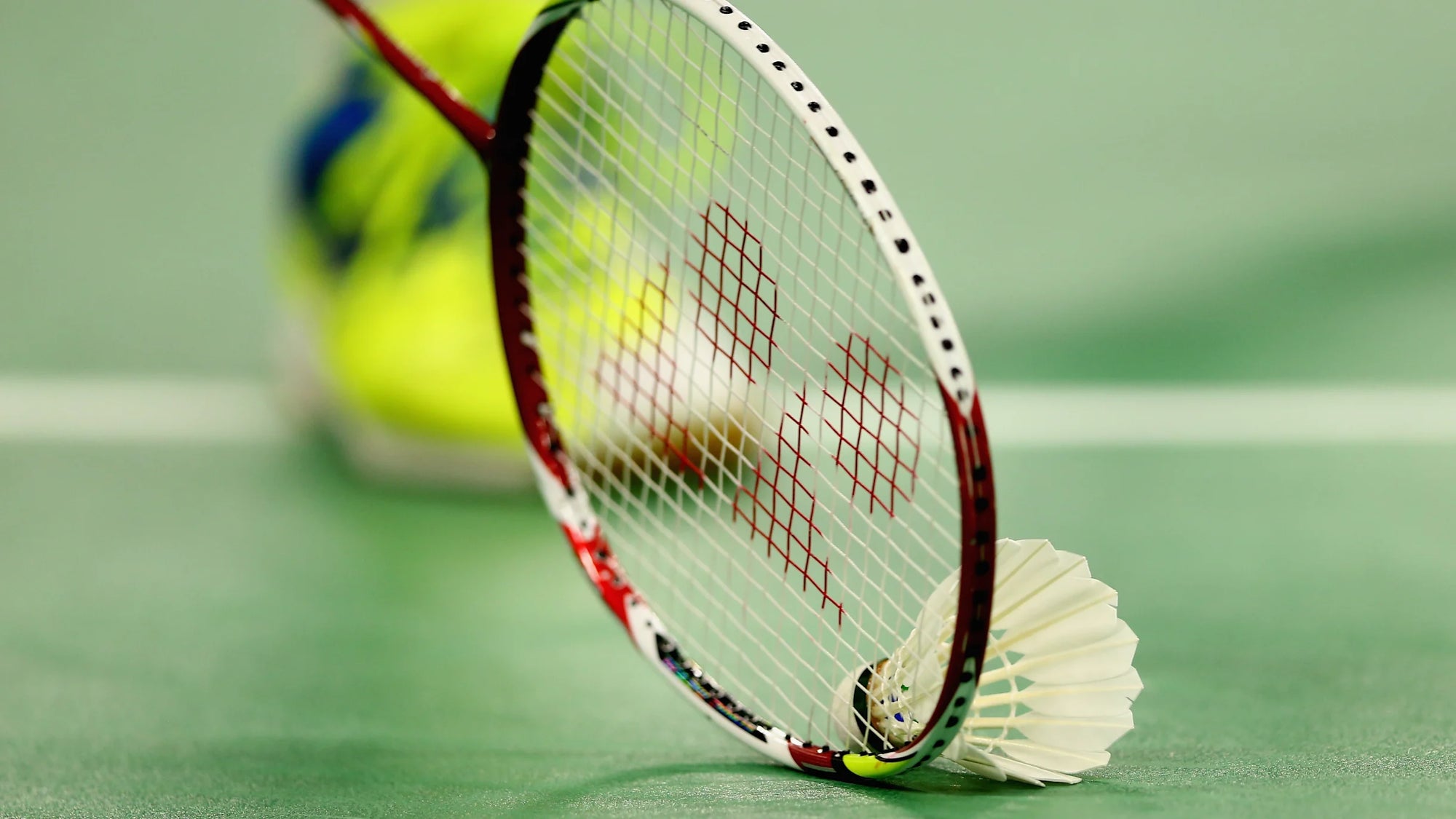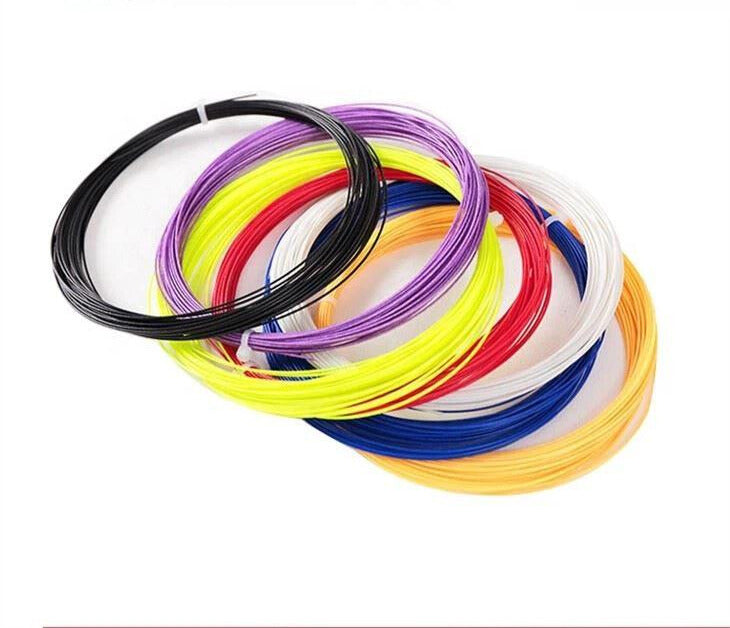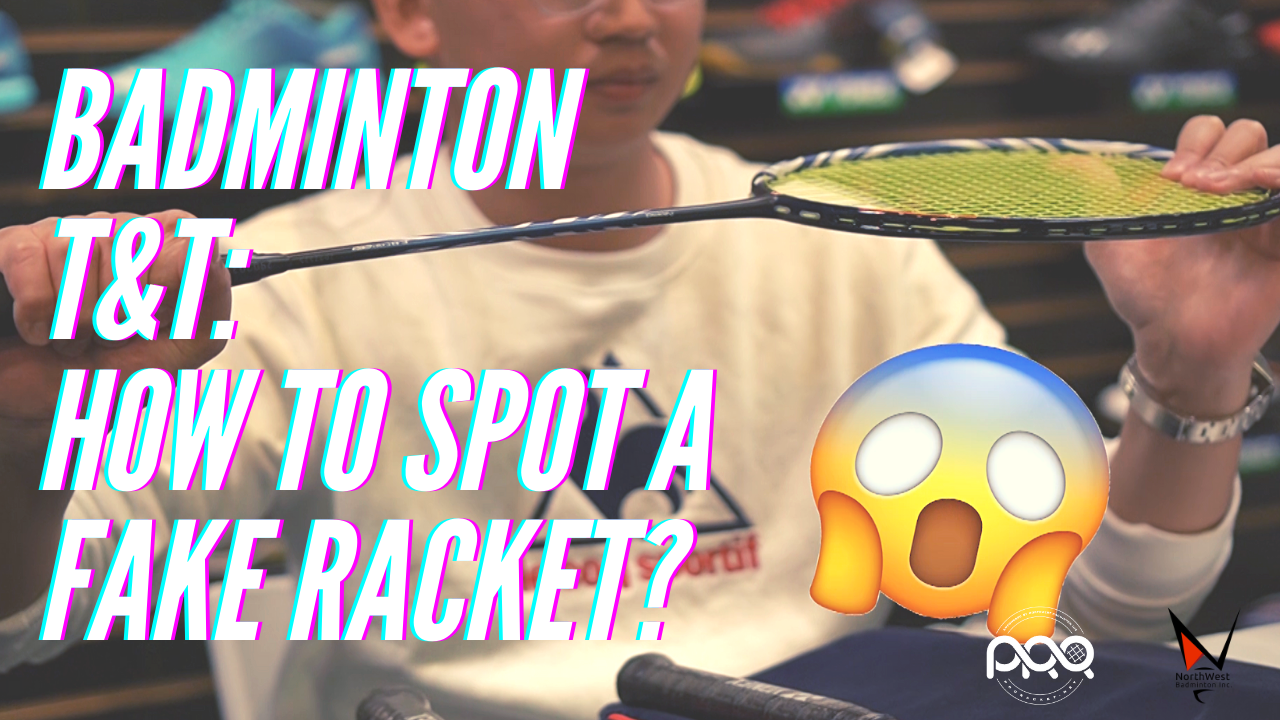Looking to buy your first racket or upgrading from your current racket, but feeling clueless and not knowing what to do? We're here to help! Here's a guide for anyone that needs some help with choosing the right badminton racket.
Many newcomers to badminton or those with limited knowledge about badminton rackets often make common mistakes. These include either opting for the most expensive racket, relying solely on advice from their "professional" friends, or simply asking for the "best" racket available in the store. What's even worse, they might walk into a store that is not professional enough to give appropriate advices or they just simply want to rip you off.
Consequently, they might end up purchasing a racket that is unsuitable for them, potentially resulting in injuries down the road. This could lead to additional expenses for injury treatment and the purchase of a new racket. The process of buying a racket shouldn't be this frustrating, should it?
Getting Started
To begin, here is a picture of the parts of a badminton racket. Familiarize yourself with the names of them so you will find it easier to follow the rest of the post.

Factors to Consider
Here is a list of factors to consider when looking at a racket.
1. Total Weight
2. Balance/Weight Distribution
3. Shaft Flexibility
4. Grip Size
5. String Pattern
6. Play Style
Total Weight
Weight and balance, these two characteristics influences how a racket would feel when you pick it up and swing it on the badminton court.
A heavy weight racket is more powerful and stable and less wobbly when hitting compare to a lighter racket (all other things being equal). Conversely, a lighter racket enhances maneuverability, allowing players to recover from a full swing more easily and causing less fatigue in the hand.
Below is a chart of racket weights:
| U | 95-99g |
| 2U | 90-94g |
| 3U | 85-89g |
| 4U | 80-84g |
| 5U | 75-79g |
| 6U(F) | 70-74g |
The weight and grip size(e.g.4U/G5) are often being found on the cone of the racket, if not on the shaft. 3U and 4U weights are the most common weight you see in the market. However, there is a current trend in the badminton market favoring lighter rackets, leading to an increased availability of 5U and 6U options from various brands. On the flip side, heavier rackets like U and 2U are less common in mainstream offerings but can be found in specialized training rackets designed for workout purposes.
Balance
A racket can be one of three things when it comes to balance: head heavy, head light or even balanced. The balance of a racket refers to how the weight is distributed across the racket under the same overall weight.

Head Heavy
The additional weight in the racket's head enhances the momentum of a player's swing, providing increased power in their shots. Rackets with a heavier head also tend to offer greater stability and better shock absorption. However, a potential drawback is that the recovery from swings might be slightly slower, and there could be a bit of sluggishness in defensive maneuvers.
Traditionally, head heavier rackets are being used a lot more in singles games to create a steeper angle of their attacks. We also recommend beginners especially juniors who are looking to get into serious training to start with a slightly head heavier racket.
Shop Our Head Heavy Picks Here!
Head Light
Head-light rackets are designed with more mass concentrated toward the handle, facilitating swift reactions to shots. However, a lighter head may not generate a powerful smash based solely on its own weight, relying instead on the player's swing speed. Head-light rackets excel in providing better control for half smashes through quick wrist flicks.
Traditionally, head-light rackets find extensive use in doubles games, enabling faster rallies and enhancing control in the front court.
Shop Our Head Light Picks Here!
Even Balanced
Even balanced rackets fall between the characteristics of head-heavy and head-light designs. With weight evenly distributed throughout the racket, an even balanced racket offers versatility, allowing players to generate a strong smash while maintaining agility for quick reactions to defensive shots. This balanced design makes it the most popular choice among players, as it caters to a wide range of playing styles and preferences.
Shop Our Even Balanced Picks Here!
Shaft Flexibility
The flexibility of badminton rackets varies across a spectrum from flexible, medium flex, stiff, to extra stiff. It's crucial to align the racket's flexibility with the speed of your swing when making a selection. Ideally, the stiffness of the racket should be proportionate to the speed you can generate with your swings.
A flexible racket is easily bent, but it may not fully recoil before striking the shuttlecock, resulting in a waste of energy expended in flexing the racket. On the contrary, if a racket's shaft is too still for your swing speed, it will not be flexed/bent enough, and thus won't generate enough power to the shuttlecock. This consideration underscores the importance of choosing a racket with the appropriate level of flexibility to optimize your playing style and performance.
To put it in a simple way to understand, an advanced player with excellent swing and power should use a stiff racket to excel their control on shots, whilst a beginner who is still working on their swing should be using a more flexible racket.
FLEXIBLE SHAFT
| ADVANTAGES | DISADVANTAGES |
|
- Beginners find it easier to generate power with flexible shafts, requiring less energy to bend the racket. |
- Less control since the shaft is flexible and easily bent. When the shaft is over bent, power and control are essentially wasted. - Limited potential for power due to the inherent characteristics of flexibility. - Slower return of shots is observed, as the shuttlecock remains on the string bed for an extended duration owing to the flexible nature of the shaft. |
STIFF SHAFT
| ADVANTAGES | DISADVANTAGES |
|
- Advanced player friendly, as the stiff shaft offers superior control through an immediate rebound of the shuttlecock. - Faster return shots are achievable, given the reduced dwell time of the shuttlecock on the string bed, a characteristic resulting from the stiffness of the shaft. - Possesses a higher potential for power, as the stiffness of the shaft allows for a more efficient transfer of energy to the shuttlecock. |
- The audience for stiff shaft rackets is more targeted, requiring a higher level of technique. Players must possess a refined swing to effectively bend the shaft. |
Grip Size
Grip size information is usually found on the cone of the racket alongside the racket's weight. Following chart is the grip sizes (circumference in inches) that most major brands follows:
| G1 | 4 in |
| G2 | 3.75 in |
| G3 | 3.5 in |
| G4 | 3.25 in |
| G5 | 3 in |
| G6 | 2.75 in |
Choosing a grip size is a personal decision, dependent on your palm size, with the aim of allowing freedom for finger and wrist movement, especially during flicks.
In the US and Asian markets, G4 and G5 sizes are prevalent, while larger grip sizes like G2 and G3 are common in European countries. If uncertain about the grip size, opting for a smaller size is advisable, as additional overgrips or cushion wraps can be added to increase the size later. Remember, it's easier to make a grip bigger than to reduce it, as you can't chop off wood from the handle once it's too large.
String Pattern
Often overlooked by many recreational players, the string pattern of a racquet influences many aspects of its overall performance and feel.
String patterns offer a variety of options, with 72 and 76 holes being the most common on the market. Rackets with fewer string holes, such as 62, make it easier to pocket shuttlecocks, imparting an extra push to the shots and enlarging the sweet spot on the string bed. Conversely, rackets with more string holes, like 96, provide better control over shots.
Play Style
As discussed in the balance section, the type of racket balance is well-suited for specific game styles. In singles, where a steeper angle attack and a slower pace are desired, a racket with a heavier head may be preferable.
Conversely, in doubles, where faster rallies are common and quick defensive maneuvers are essential, rackets with a lighter head or an even balance are more commonly favored.
Conclusion
We hope that after reading this brief guide, you can get a better understanding of how to pick the right badminton racket.It's important to note that we've covered some of the most common factors to consider, and these serve as guidelines for your decision-making. Ultimately, choosing a badminton racket is a personal decision, and you should opt for the racket that feels most comfortable to you. It's perfectly acceptable to deviate from the guidelines as long as it doesn't pose any risk of injury. Hope you enjoyed this post!



